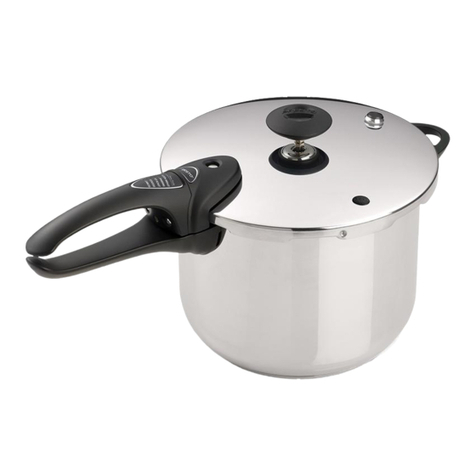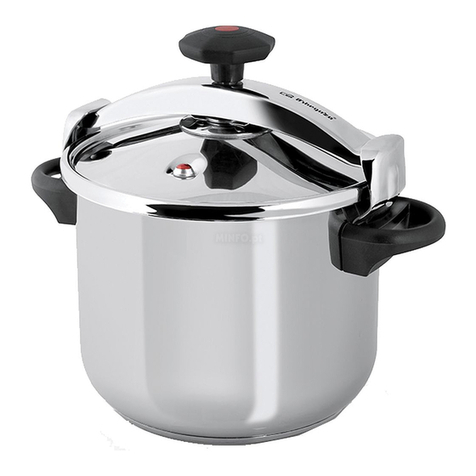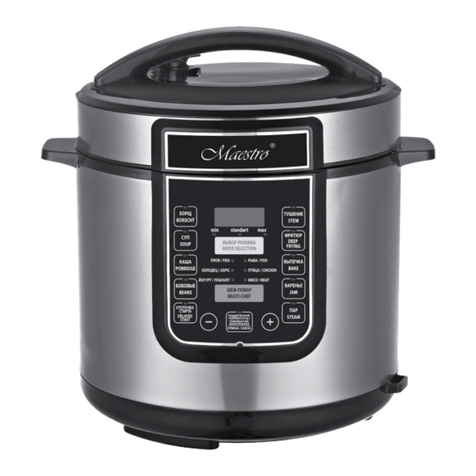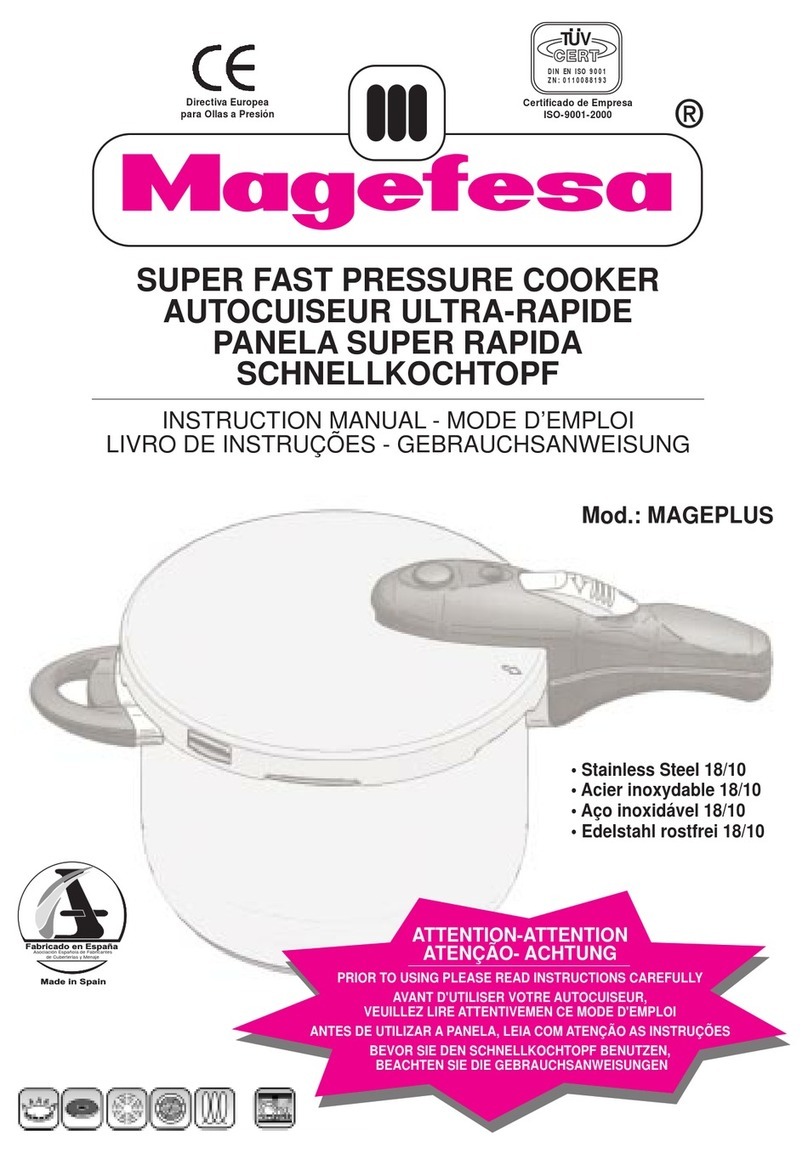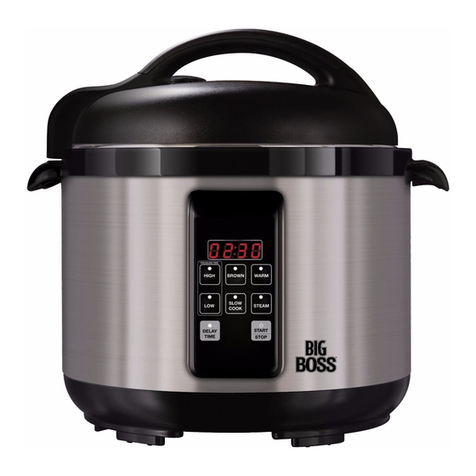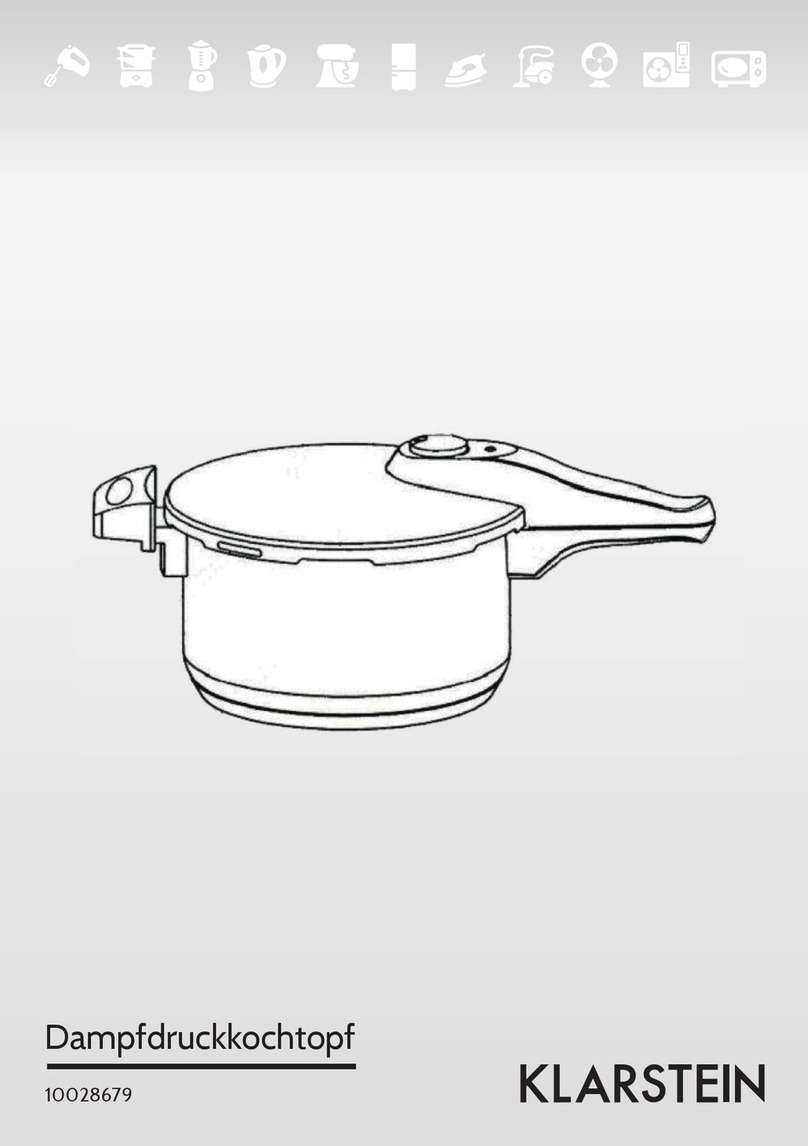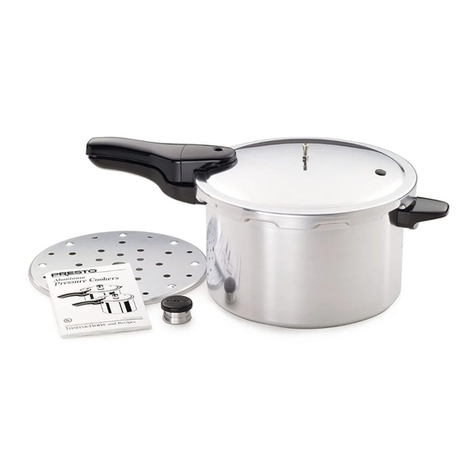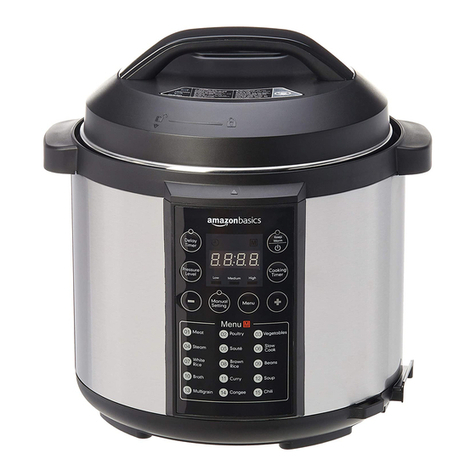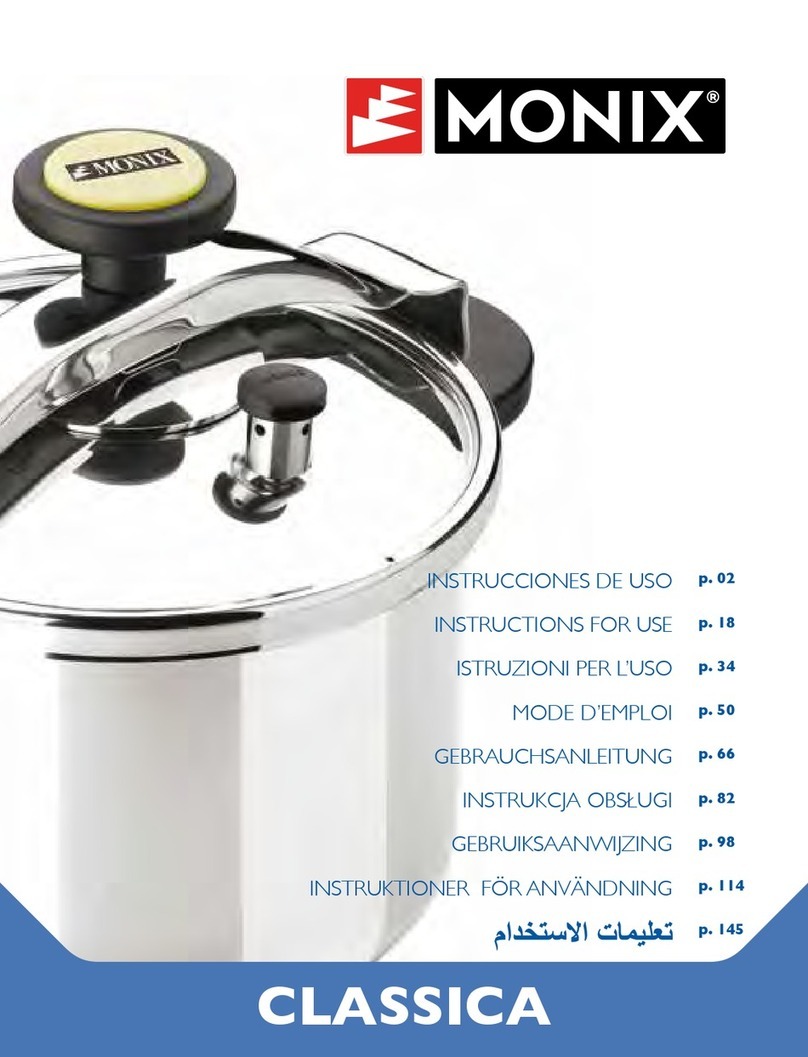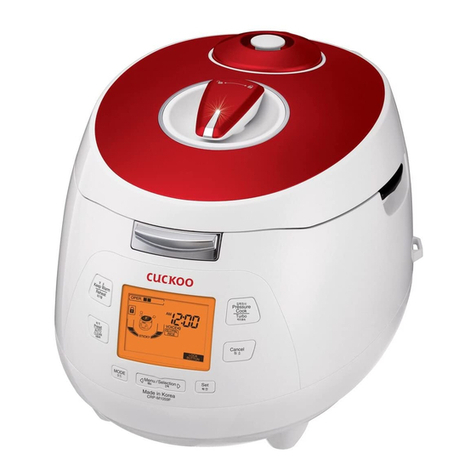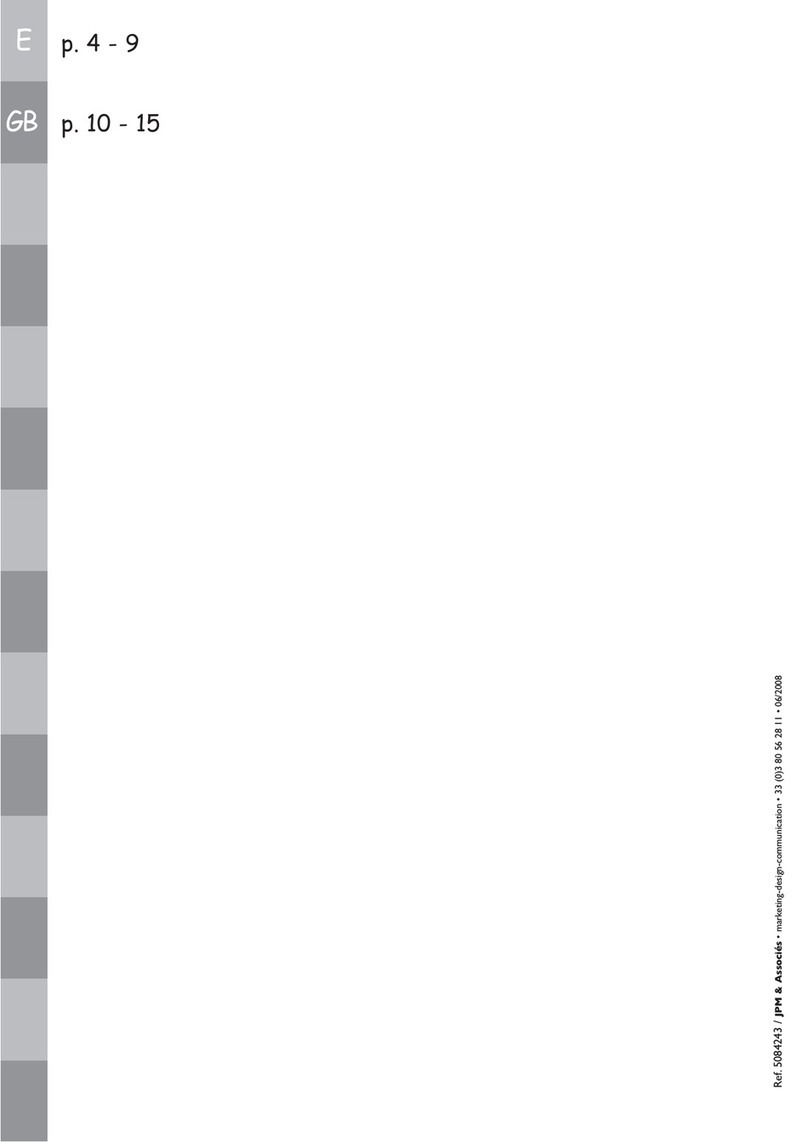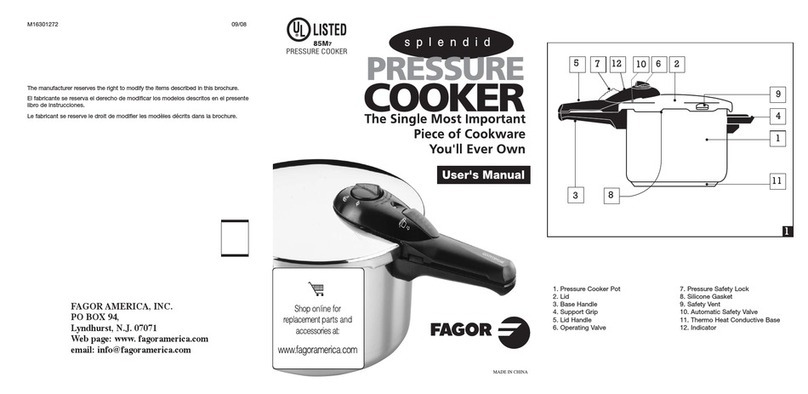WMF PERFECT PLUS User manual

WMFAG D-73309 Geislingen
www.wmf.de
64 1050 0790 printed 02/07
KÄUFER/PURCHASER
Name
Straße/Street
Land/State, PLZ/Postal code, Ort/Town
WMF FACHGESCHÄFT/WMF RETAILER
Verkaufsdatum/Date of sale
Stempel des WMF Fachgeschäfts/WMF retailer’s stamp
WMF PERFECT PLUS
PERFECT PLUS
PERFECT PLUS
WMF PERFECT PLUS
10 9 1
23 5 7
812 13 11 4 6
WMF PERFECT PLUS
DER EINZIGARTIGE VORTEIL DES WMF
Der Griff lässt sich komplett abnehmen – zum Reinigen einfach abspülen – und sauber!
SCHLIESSEN ÖFFNEN
GARANTIEABSCHNITT
GUARANTEE VOUCHER
CERTIFICADO DE GARANTÍA
ГАРАНЦИОННА КАРТА
GARANTIAFSNIT
TAKUUKORTTI
BON DE GARANTIE
∂¡√Δ∏Δ∞ ∂°°À∏™∏™
TAGLIANDO DI GARANZIA
GARANTIEBEWIJS
GARANTIAVSNITT
KARTA GWARANCYJNA
CERTIFICADO DE GARANTIA
РАЗДЕЛ О ГАРАНТИИ
GARANTITALONG
ZÁRUČNÝ KUPÓN
GARANCIJSKI KUPON
ZÁRUČNÍ KUPÓN
GARANT‹ BÖLÜMÜ
GARANCIÁLIS FEJEZET
GARANCIJSKI OBRAZAC
DE
GB
ES
BG
DK
FI
FR
GR
IT
NL
NO
PL
PT
RU
SE
SK
SI
CZ
TR
HU
HR

P
07 9310 9510
60 9310 9502
60 6851 9990 (2,5 l)
60 6855 9990 (3,0/4,5/6,5/8,5l)
08 9562 6201 (2,5 l)
08 9562 6200 (3,0/4,5/6,5/8,5l)
07 9279 6100 (2,5 l)
07 8944 6100 (3,0/4,5/6,5/8,5l)
07 9278 6000 (2,5 l)
07 8941 6000 (3,0/4,5/6,5/8,5l)
08 9560 6200
08 9564 6200 (2,5 l)
08 9563 6200 (3,0/4,5/6,5/8,5l)
07 9277 6000 (2,5 l)
07 8940 6000 (3,0/4,5/6,5/8,5l)
07 8943 6000 (4,5/6,5/8,5l)
WMFAG
Eberhardstrasse
D-73309 Geislingen/Steige
WMF PERFECT PLUS
WMF PERFECT PLUS
A B C
WMF PERFECT PLUS
G H I
M
D E F
J K L
N Q
ZUBEHÖR- UND ERSATZTEILE
ACCESORIES AND SPARE PARTS
ACCESSORIOS Y PIEZAS DE RECAMBIO
ПРИНАДЛЕЖНОСТИ И РЕЗЕРВНИ ЧАСТИ
TILBEHØRSDELE OG RESERVEDELE
LISÄVARUSTEET JA VARAOSAT
ACCESSOIRES ET PIÈCES DE RECHANGE
∞•∂™√À∞ƒ ∫∞π ∞¡Δ∞§§∞∫Δπ∫∞
ACCESSORI E PARTI DI RICAMBIO
TOEBEHOREN EN RESERVEONDERDELEN
TILBEHØR OG RESERVEDELER
AKCESORIA I CZĘŚCI ZAMIENNE
ACESSÓRIOS E PEÇAS DE SUBSTITUIÇÃO
КОМПЛЕКТУЮЩИЕ И ЗАПЧАСТИ
TILLBEHÖRS- OCH RESERVDELAR
PRÍSLUŠENSTVO A NÁHRADNÉ DIELY
PRIBOR IN NADOMESTNI DELI
PŘÍSLUŠENSTVÍ A NÁHRADNÍ DÍLY
AKSAM VE YEDEK PARÇALAR
TARTOZÉKOK ÉS PÓTALKATRÉSZEK LISTÁJA
PRIBOR I REZERVNI DIJELOVI
DE
GB
ES
BG
DK
FI
FR
GR
IT
NL
NO
PL
PT
RU
SE
SK
SI
CZ
TR
HU
HR
BEDIENUNGSANLEITUNG
OPERATING INSTRUCTIONS
INSTRUCCIONES DE MANEJO
ИНСТРУКЦИЯ ЗА ОБСЛУЖВАНЕ
BRUGSANVISNING
KÄYTTÖOHJEET
MODE D'EMPLOI
√¢∏°π∂™ Ã∏™∏™
ISTRUZIONI PER L'USO
GEBRUIKSAANWIJZING
BRUKSANVISNING
DE
GB
ES
BG
DK
FI
FR
GR
IT
NL
NO
INSTRUKCJA OBSŁUGI
INSTRUÇÕES DE UTILIZAÇÃO
ИНСТРУКЦИЯ ПО ЭКСПЛУАТАЦИИ
BRUKSANVISNING
NÁVOD NA OBSLUHU
NAVODILO ZA UPORABO
NÁVOD K OBSLUZE
KULLANMA TAL‹MATI
HASZNÁLATI UTASÍTÁS
UPUTSTVA ZA UPOTREBU
PL
PT
RU
SE
SK
SI
CZ
TR
HU
HR

1
CONTENTS
2Important safety information
4Before first use
5 Operating instructions when cooking
6 Cooking using your pressure cooker
8 Three ways of reducing the pressure
8 Cleaning
Storage
Maintenance
9 Options for use
10 Guarantee statement
Preclusion of liability
11 Troubleshooting
Accessories and spare parts
See cover
EXPLANATION OF SYMBOLS
Example
See Fig. (A), cover
See drawing (Item 1) cover
1
A
1
A
DE
GB
ES
D
FI
FR
GR
IT
NLNO
PL
PT
RU
SE
S
SI
CZ
TR
HU
HR BG

2 3
WMF PERFECT PLUS
IMPORTANT SAFETY INFORMATION
1.
Please carefully read the operating manual and all
the instructions before using the WMF pressure
cooker. Improper use may result in damage.
2.
Do not allow anyone to use the pressure cooker
unless they have first read the operating manual.
3.
eep children away from the pressure cooker while
it is in use.
4.
Never use your pressure cooker in the oven. The
high oven temperatures could damage handles,
valves and safety devices.
5.
Move the pressure cooker very carefully while it is
pressurised. Do not touch hot surfaces. Use the
handles and buttons provided. Use gloves if
necessary.
6.
Only use the pressure cooker for the purpose
intended.
7.
This appliance cooks with the aid of pressure.
Improper use may result in burns. Take care to
ensure that the appliance is properly closed before
heating it up. You’ll find information on this in the
operating manual.
8.
Never use force to open the pressure cooker.
Never open it before you are sure that the interior
is fully depressurised. You’ll find information on
this in the operating manual.
9.
Never heat the pressure cooker before pouring in
water. This would result in serious damage.
Minimum: 1/4 l water. Take care to ensure that the
liquid never fully evaporates. This could result in
food burning on to the pot, and the pot being
damaged by melting plastic parts. The hob could
also be damaged by the aluminium in the base
melting.
10.
Never fill the pressure cooker to more than 2/3 of
its capacity. If using foodstuffs which expand
during the cooking process, such as rice or dried
vegetables, fill the pressure cooker to a maximum
of half its capacity, and observe any supple-
mentary instructions issued by the manufacturer in
this regard.
11.
Never leave your pressure cooker unattended.
Regulate the heat to ensure that the cooking
indicator does not rise above the 2nd orange ring.
If the heat is not turned down, steam will escape
through the valve. Cooking times may change, and
the loss of liquid may result in function faults.
12.
Only use the heat sources listed in the operating
manual.
13.
If you have cooked meat with the skin attached
(such as ox-tongue), which may expand under the
influence of pressure, take care not to pierce the
meat while the skin remains expanded. This could
result in burns.
14.
On principle, always shake the pressure cooker
before opening it to avoid pockets of steam
spitting out; this could result in scalding. This is
particularly important when quickly releasing steam
under running water or using the sliding indicator.
15.
When quickly releasing steam using the sliding
indicator, or under running water, always keep
your hands, head and body away from the danger
area. You could otherwise be injured by escaping
steam.
16.
Before each use of your pressure cooker, check
that the safety devices, valves and seals are
working properly. Only thus can the safe
functioning of your pressure cooker be
guaranteed. You’ll find information on this in the
operating manual.
17.
Do not use your pressure cooker to fry food in oil
under pressure.
18.
Never interfere with the safety systems, except
when carrying out the maintenance work specified
in the operating manual.
19.
Wear parts should be regularly replaced. Parts
showing apparent discoloration, cracks or other
damage, or which no longer sit correctly, must be
replaced with original WMF spare parts.
20.
Only use original WMF spare parts. In particular,
always use pots and lids of the same model.
21.
Do not use the pressure cooker if it or its parts
are damaged or distorted, or if their functionality
does not correspond to that described in the
operating manual. If that is the case, please
consult your nearest WMF dealer or WMF AG's
Customer Service Department in Geislingen/
Steige.
Please keep this operating manual in a safe place!
DE
GB
ES
D
FI
FR
GRIT
NL
NO
PL
PT
RUSE
S
SICZ
TR
HU
HR BG

4 5
WMF PERFECT PLUS
OPERATING INSTRUCTIONS WHEN COO ING
Check the safety devices before each use
Make sure that the sealing ring and lid rim are
clean.
Check that the ball is sitting visible in the safety
valve on the underside of the lid . If the ball
is in the upper chamber of the safety valve/
automatic heating device on the lid, use your
finger to press it into the lower chamber .
Remove the handle and check the main valve
for moveability by pressing with your finger .
Inspect the cooking indicator seal visually to
check for fit and damage.
Please note:
Do not press down on the cooking indicator seal,
since this could result in damage to the residual
pressure lock, and the functionality of your
pressure cooker could no longer be guaranteed .
Insert the handle in the lid .
Place the lid on the pot and close it .
B
E
Q
2
3
H
F
9
9G
10
B E F G H Q 23910
Liquid volumes
At least 1/4 l of liquid is required to generate
steam, regardless of whether you are cooking with
or without inserts . To ensure that your pressure
cooker’s functionality is not impaired, do not fill it
to more than 2/3 of its capacity . When cooking
foodstuff which foam or expand heavily (e.g.
stock, pulses, innards, compotes), only fill the pot
to half its capacity.
See the section on ‘Preparing wholefood’ for
further information.
If you want to brown your food before cooking
(e.g. onions, meat pieces etc.), you can use your
WMF pressure cooker as a conventional pot.
In order to complete cooking deglaze the pan and
add the requisite amount of liquid (at least 1/4 l)
before closing the pressure cooker.
CAUTION!
Never cook without sufficient liquid, and take care
to ensure that the cooking liquid never evaporates
fully. Failure to observe the above may result in
food burning on, or in damage to the pot or its
plastic handles.
M
12
M12
BEFORE FIRST USE
1. Open the pot
Move the sliding indicator to the end of the
handle, using both ends. The indicators on the
sliding indicator must be set to AUF/OPEN .
Pivot the lid handle to the right, until the
indicators on the lid and on the long handle are
aligned . Lift off the lid.
2. Cleaning the pot
You should clean all parts of your pressure cooker
before first use (see ‘Cleaning’ section).
Turn the lid around and remove the lid handle
from the lid. For this purpose, pull the orange slide
on the underside of the lid handle in the
direction of the arrow until the end of the handle
. Detach and lift off the handle .
Remove the sealing ring from the lid .
3. Closing the pot
Insert the handle into the lid and move the orange
slide across the lid rim until it audibly engages .
Insert the sealing ring in the lid rim so that it is
positioned beneath the concave rim of the lid .
Place the lid on top (see indictors on the lid and
pot handle) and turn the lid handle to the left until
it stops .
Move the sliding indicator until it is right at the
ZU/LOC ED position.
7
B
G
10
E
B E G 710
10 P
DC
4
5
C D P 4 5 10
B
6
5
7A
7
A B 567
DE
GB
ES
D
FI
FR
GRIT
NL
NO
PL
PT
RUSE
S
SICZ
TR
HU
HR BG
Other manuals for PERFECT PLUS
3
Table of contents
Other WMF Electric Pressure Cooker manuals

WMF
WMF PERFECT User manual

WMF
WMF Perfect Premium User manual

WMF
WMF Perfect Fusiontec User manual

WMF
WMF PERFECT PLUS User manual
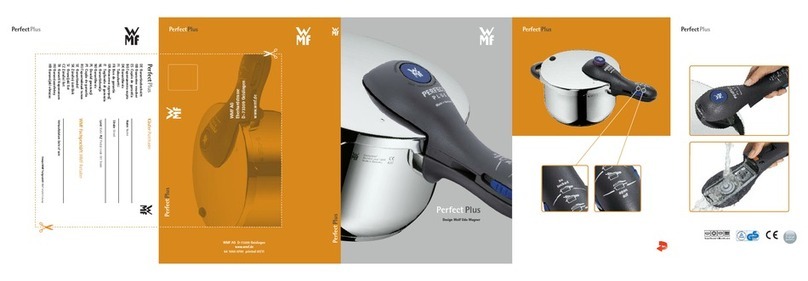
WMF
WMF PERFECT PLUS User manual
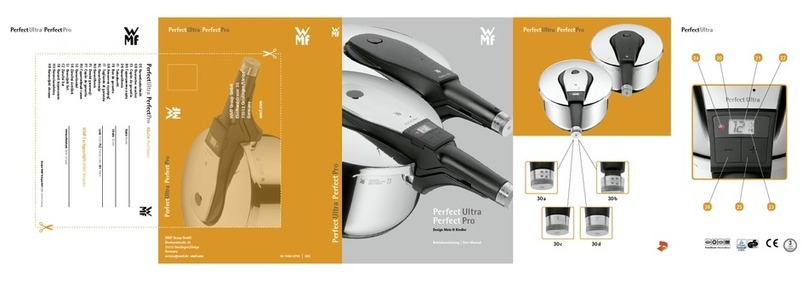
WMF
WMF PerfectUltra User manual

WMF
WMF Perfect Ultra Pro User manual

WMF
WMF Perfect Premium User manual
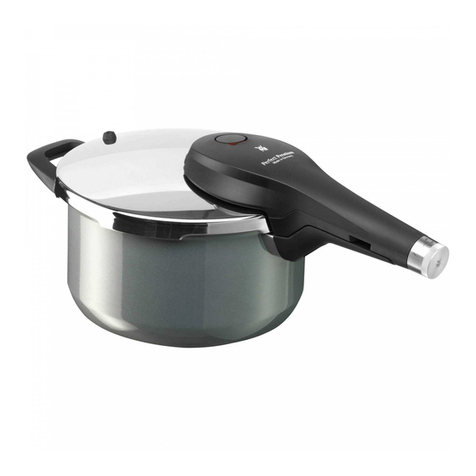
WMF
WMF Fusiontec Perfect Premium/Excellence User manual
